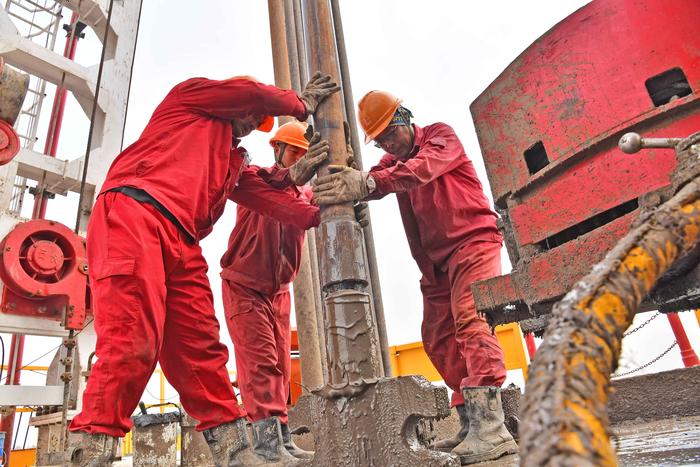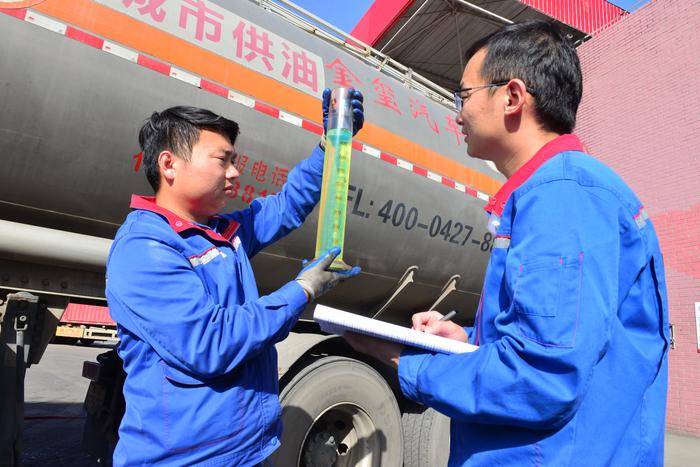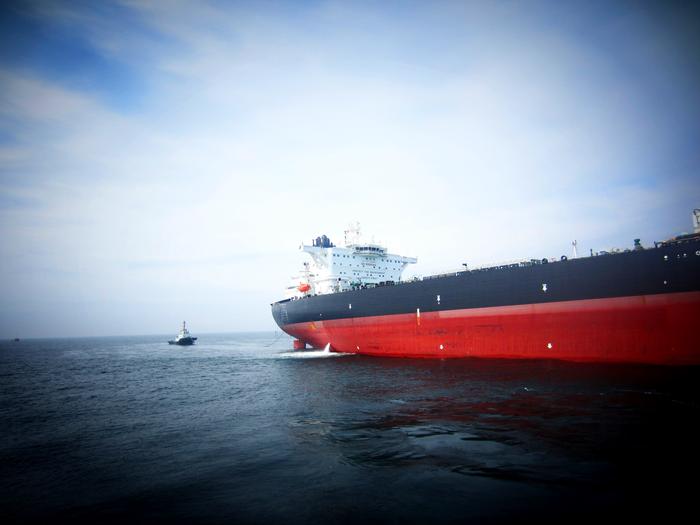|
| 2020-11-19 来源: 中国石化新闻网 |
| 石化新闻 |
中国石化新闻网讯 据天然气加工网站11月13日消息 亚洲液化天然气现货价格本周连续第二周下跌,原因是中国需求疲弱,美国出口创纪录高位以及马来西亚的生产预期改善。 12月交付至东北亚的液化天然气平均价格估计约为6.80-6.90美元/每百万英热单位,较前一周下降0.60-0.70美元。 亚洲液化天然气价格自7月低点2.00美元以来上涨了两倍多,由于供应中断,9月和10月市场看涨情绪加深。 消息人士称,过去几周,马来西亚国家石油公司运营的民都鲁工厂的液化天然气货物装船被推迟,但事实证明,这些问题是暂时的,预计很快就会正常化。 由于COVID-19危机,液化天然气一直面临供需两方面的中断。 在澳大利亚,雪佛龙公司的高更液化天然气工厂一直面临生产问题,可能导致价格持续下跌的液化天然气供应短缺仍在澳大利亚和美国。 上周末美国总统竞选中乔·拜登当选,提高了人们对页岩气激励措施可能收缩的预期。交易员表示,随着需求升温,美国生产复苏的最终放缓可能会限制供应,并对价格构成压力。 美国天然气期货价格周五小幅上涨,因出口继续创下新高,并预计未来几周天气变冷,供暖需求增加。 美国的大部分供应将流向亚洲市场。 能源方面的分析师说:“巴拿马运河持续的拥堵导致美国的一些出口商品经过苏伊士运河和好望角远道运往东北亚市场。” 吴恒磊 编译自 天然气加工 原文如下: Asian LNG prices fall amid record high U.S. exports Asian spot prices for LNG fell for a second week running this week, amid weak Chinese demand, record high U.S. exports and better production expectations in Malaysia. The average LNG price for December delivery into Northeast Asia Asian LNG prices have more than tripled since July's low of $2.00, and bullish sentiment deepened in September and October due to a wave of supply disruptions. Loadings of LNG cargoes had been delayed in the past weeks from Malaysia's Bintulu plant, operated by Petronas, but the issues proved to be temporary and shipments are expected to be normalized soon, sources said. LNG has been facing both supply and demand disruptions due to the COVID-19 crisis. Possible LNG supply shortages that could sustain prices remain in Australia, where Chevron Corp’s Gorgon LNG plant has been facing production issues, and in the U.S. The election of Joe Biden in the U.S. presidential run last weekend raised expectations of a possible contraction in shale gas incentives. An eventual slowdown in production recovery in the United States as demands heats up could restrict supply and pressure prices, traders said. U.S. natural gas futures edged up on Friday as exports continued to hit fresh record highs and on forecasts for cooler weather and more heating demand in coming weeks. Much of that U.S. supply will be directed towards Asian markets. "Ongoing congestion in the Panama Canal is resulting in some U.S. exports being sent the long way — via the Suez Canal and Cape of Good Hope - to Northeast Asian markets," said analysts at Energy Aspects. |








